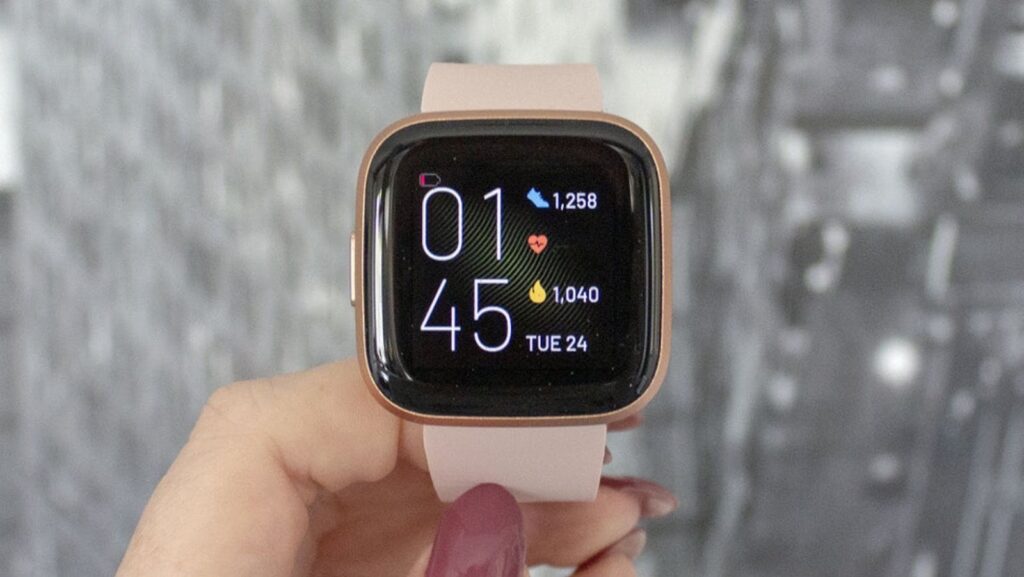
The Fitbit versa is a relative newcomer to the fitness tracker market. But it has quickly become a popular option, thanks to its versatile features and affordable price tag. If you’re considering buying a versa, or if you already own one, this post will tell you everything you need to know. We’ll cover the pros and cons of the device, as well as how it compares to other trackers on the market. So read on for all the details!
The design and features of the Fitbit versa
The Fitbit versa is a lightweight, stylish fitness tracker that can track your heart rate, steps taken, and calories burned. It also has a variety of other features, including the ability to track your sleep, monitor your exercise, and even receive text and call notifications. The device is water-resistant up to 50 meters, making it ideal for swimming or other water-based activities. And it has a battery life of up to four days, so you don’t have to worry about charging it every night.
Comparison to other trackers
The versa is one of the more affordable fitness trackers on the market, costing just $200. That’s considerably less than some of its competitors, like the Apple Watch, which starts at $349. And it’s even cheaper than some of Fitbit’s other devices, like the Charge 3, which costs $149.
The pros and cons of the Fitbit versa
The Fitbit versa is a popular fitness tracker that has a lot of features that make it appealing to potential buyers. However, there are also some drawbacks that should be considered before purchasing the device.
PROS:
1. The Fitbit versa tracks a variety of fitness data including steps taken, calories burned, and active minutes.
2. The device is water-resistant, so it can be worn while swimming or during other activities where you might sweat.
3. The Fitbit versa has a long battery life and can be synced wirelessly to your computer or smartphone.
4. The tracker is available in a variety of colors and has interchangeable bands so you can customize its look.
5. The Fitbit versa is relatively affordable compared to other fitness trackers on the market.
CONS:
1. The Fitbit versa does not have built-in GPS, so it cannot track your runs or bike rides without a connected smartphone.
2. The device is not compatible with all smartphones and only works with select Android and iOS devices.
3. The Fitbit versa does not have a heart rate monitor, so it cannot track your heart rate data.
4. The device is not always accurate in tracking steps taken or calories burned.
5. The Fitbit versa is not as widely available as other fitness trackers, so it might be difficult to find in stores.
Whether or not the versa is worth the price tag
Whether or not the Fitbit versa is worth the price tag is ultimately a personal decision. The device has a lot of features that make it appealing, such as its water-resistance, long battery life, and affordable price tag. But it also has some drawbacks, such as its lack of built-in GPS and heart rate monitor. If you’re looking for a comprehensive fitness tracker, the versa is a good option. But if you’re only interested in tracking your steps or monitoring your sleep, there are other, more affordable devices on the market.
How to set time on fitbit versa
To set the time on your Fitbit Versa, open the Fitbit app and tap the device icon in the upper-left corner. Then tap “Clock Faces” and scroll through the available options. Tap on the clock face you want to use and then tap “Set Clock.” If you’re using an iOS device, you may need to enable the “Allow Notifications” option in the app’s settings. Once you’ve done that, you should see the time appear on your Fitbit Versa.












